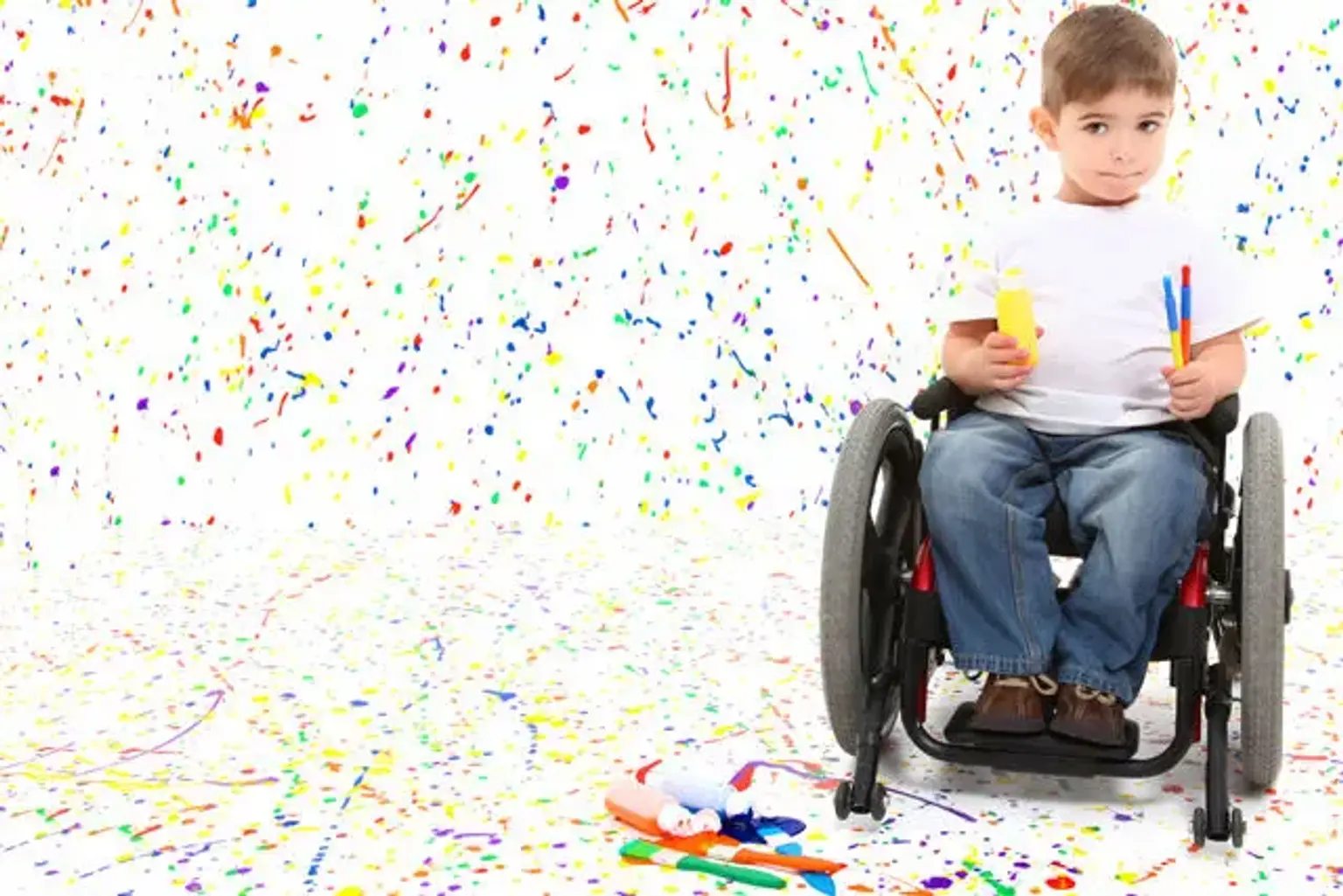Spina Bifida (Cleft Spine)
Spina bifida is a congenital abnormality caused by inadequate neural tube development. It's a term that's often used to refer to any degree of neural tube closure. Spina bifida occulta and spina bifida aperta are two types of spina bifida. Closed spinal dysraphism, or spina bifida occulta, is the least severe form of neural tube defect (NTD), involving a hidden vertebral defect and limited neural involvement. Meningocele and myelomeningocele are examples of spina bifida aperta, or open spinal dysraphism, which is a condition in which neural tissues interface with the external environment. Because of the degree of neuralization, these circumstances cause a wide range of neurological symptoms. Because spina bifida is frequently linked with a variety of other developmental problems, a multidisciplinary medical approach is critical for survival and excellent results.
Epidemiology
Since its discovery, the prevalence and incidence of NTDs have fluctuated but overall have decreased as a result of various interventional initiatives and increasing fetal screening. Between 1999 and 2007, the overall prevalence of spina bifida in the United States was 3.1 per 10,000 live births. According to research, roughly 1,350 healthy babies born each year might have had NTDs if folic acid fortification had not been implemented into routine prenatal care. NTD appears to affect a large percentage of Hispanic women's pregnancies. Hispanics had a prevalence of 3.8/10,000 live births worldwide, compared to 2.7/10,000 for non-Hispanic Black or African Americans and 3.1/10,000 for non-Hispanic Whites. The degree of the abnormality, as well as family medical history, geographical area, and severity of the disease, all raise the likelihood of recurrence. It has been observed that after one affected pregnancy or maternal history of the abnormality, there is a higher risk of recurrence of roughly 4-8 percent, and the risk grows with an increasing number of affected offspring.
